What devices today is the market of "Internet of things" in Russia
There is a lot of talk about the Internet of Things market in Russia. But the general idea of what it consists of is extremely difficult to make. Our expert Maxim Puchalsky tried to systematize this information and note the main trends. For a start, we can say that the market is just emerging. But growing at a record pace. China is setting the trend of development with its new and inexpensive devices. So, we pass the word to Maxim.
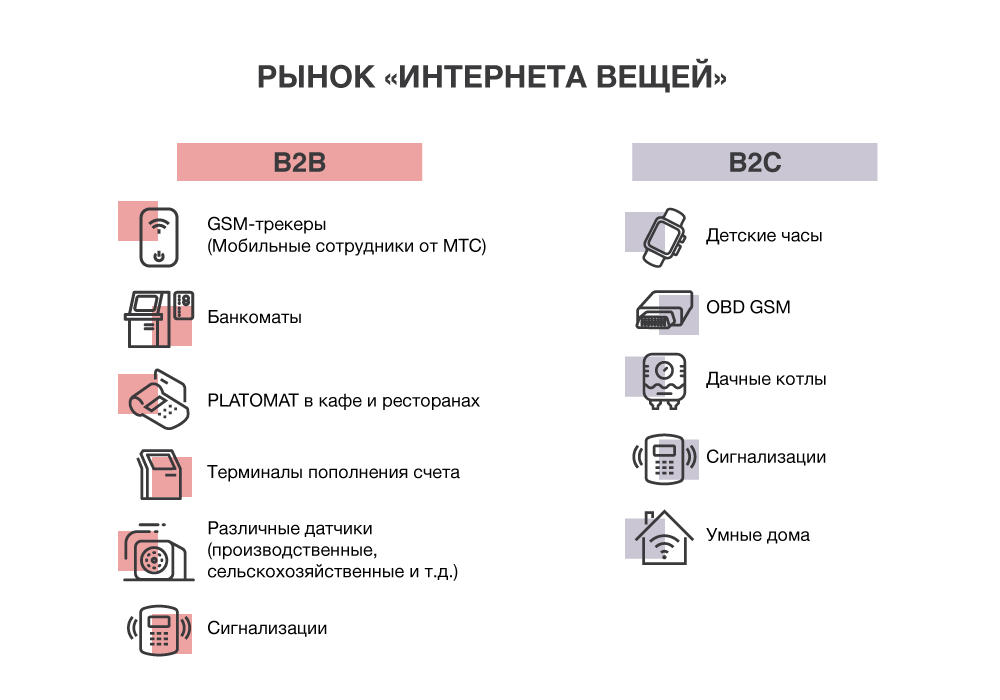
Hello. To begin with, the Internet of Things market is divided into B2B and B2C. B2B market has long been studied. He is all “cheap” and works on large orders. These are GSM trackers, ATMs, “feeders” in cafes and restaurants, recharge terminals, various sensors (industrial, agricultural, etc.). In this market, MTS accounts for more than 40% (according to ACM Consulting).
All B2B smart devices initially worked on the ancient CSD protocol (which lifts the telephone line), then switched to GPRS. But 3G, these devices as a whole have not yet mastered. The most striking example is the platomat in the cafes, which still work on GPRS, so they “think” for a long time when we try to pay the bill with a card.
The average monthly traffic consumption of such devices is 2 MB and 3 SMS per month. On this basis, mobile operators form special tariffs for business. Our Mobile Employees service is a good example of a smart things market in terms of traffic consumption. You can read more about this geolocation service in our last post . So, the smartphone with the application "Mobile employees" consumes half a megabyte per month. The application randomly turns on, sends a couple of bytes to the server with its own geotagging, and that's it.
')
Let's go further. Against this background, a new segment of consumer electronics is suddenly emerging. Chinese manufacturer LEMFO introduces a smart watch with a SIM-card to the market. They adopted a number of smartphone and fitness bracelet features. Also there are children's watches with 3G, which allow you to browse cartoons, photos online, contact parents by pressing the SOS button. And this is not a B2B topic at all. These devices consume more traffic, require higher speeds than devices on CSD and GPRS. Two or three megabytes, as before, there is no longer enough.
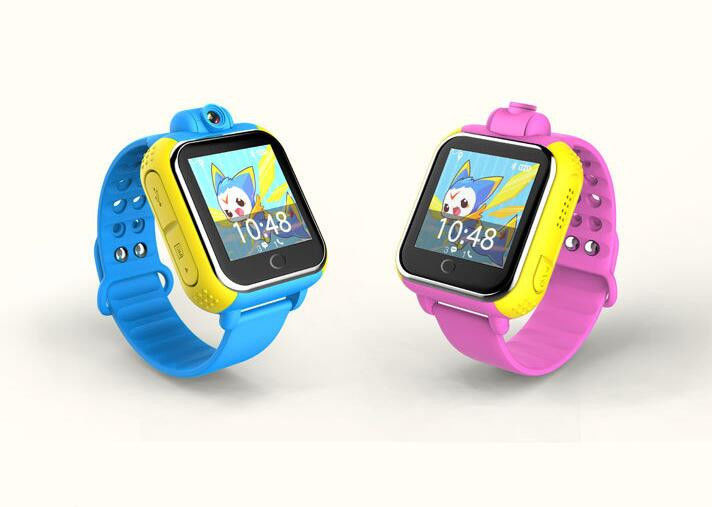
This year at the Mobile World Congress in Barcelona, which will determine the further development of the market, absolutely all the major manufacturers of gadgets presented their watches with SIM-cards. Here are some models: Huawei Watch 2, LG Watch Spor, Samsung Gear S3.
Then the OBD2 scanner appeared on the market - a device that reads the basic errors of the car through a special connector. In this device also put a gyroscope and SIM-card. That is, if they try to evacuate your car - you will see it in the application. The gyroscope notices vibrations and sends a signal. In the newer models, Wi-Fi access points appear, which can already distribute the Internet in the car.
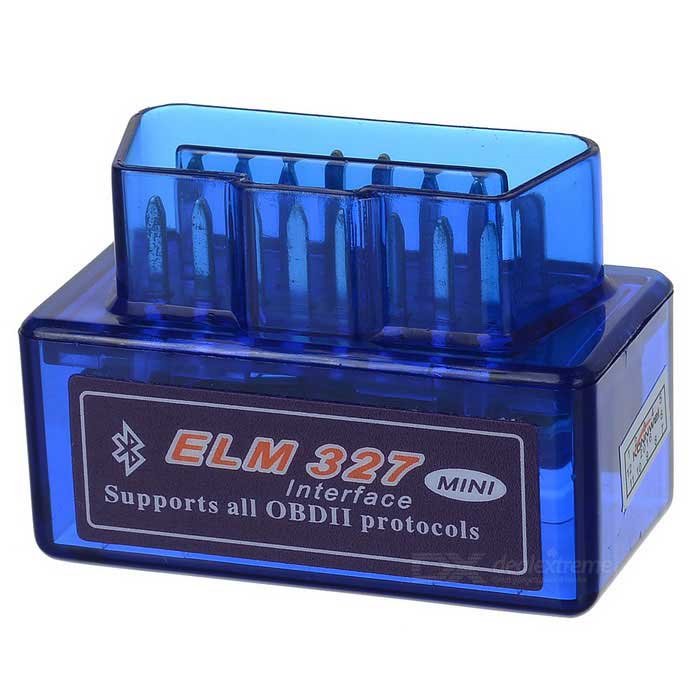
Summer residents and residents of country houses have mastered heating boilers that can be controlled using a mobile application or sending SMS. Almost everyone in the cottage has a burglar or fire alarm system, many put up video cameras.
There was a question, and what tariff to use for these devices? Although they consume traffic, but not in such large numbers as smartphones or tablets. Typically, these SIM-cards are installed in the device and forget about them for a long time - every month to remember that you need to throw money "on the pot" is not the most pleasant thing.
Thus, in Russia there was a need for minimalistic tariffs for gadgets. In response, we launched the Smart Device tariff. You pay in advance 690 rubles for the whole year (for Moscow) and during this time you calmly use the device, not remembering the year that you need to replenish the account. The tariff includes monthly 30 minutes of calls (calls are needed for children’s hours), 30 SMS and 300 MB of Internet. This is clearly not enough to watch movies through the tablet, but to download the update software on the watch - completely.
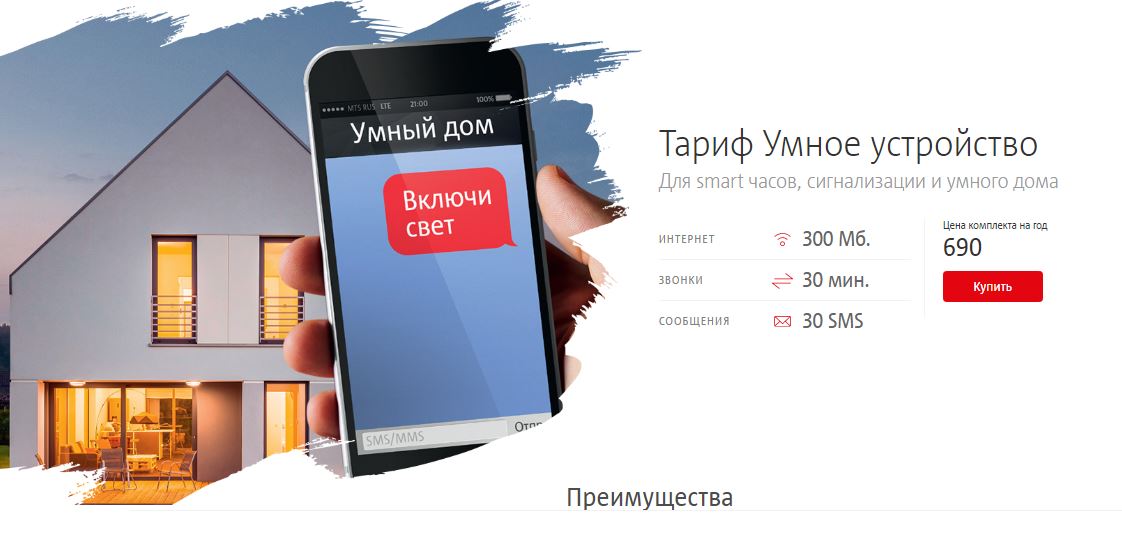
You can, of course, for such cases, buy another SIM-card and share traffic with it from your smartphone. But, firstly, calls on such a SIM-card will be impossible (this is important for hours). Secondly, as practice shows, it is easier for people to buy a new SIM-card with a connected tariff than to do the “distribution” setting.
The next stage in the development of "smart devices" is the introduction of the "smart home" system with the ability to view pictures from home surveillance cameras through the application. Naturally, the traffic for such systems in the tariffs will not be limited. Children's watches will also become more “voracious”. At Mobile World Congress 2017, manufacturers presented models with 4G. Shortly before, Huawei's CarFi device appeared on the market - it distributes Wi-Fi in the car. In addition, China brought to the market car radios on Android, which can act as a navigator, display a picture from the rear view camera, and “stream” music. This is a kind of media center in your car.
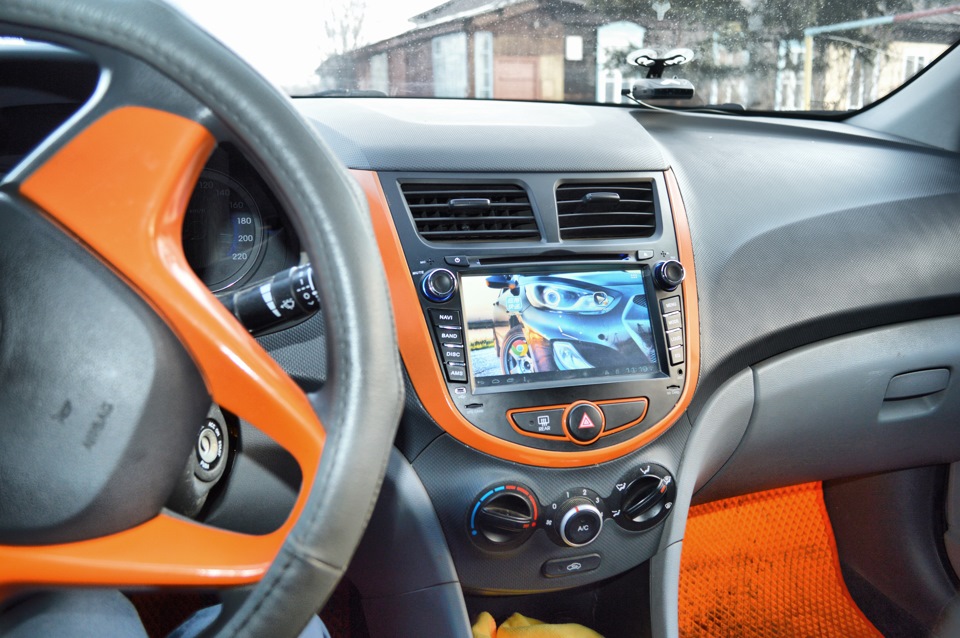
But without the fast Internet - it's just a radio and parking sensors with a camera. Where to get online? Distributing from the phone is inconvenient, he quickly sits down. To insert a 3G / 4G modem into USB is not always a working option, not all models of modems are supported by a radio tape recorder. Therefore we need the aforementioned CarFi.
All these devices are a new level of traffic consumption. Accordingly, operators will adjust their tariff scale to a changing market. And, for example, tariffs for CarFi, most likely, may be lower than for a regular tablet. The fact is that CarFi, unlike a tablet, creates a load not on one base station, but “smears” it evenly over several - in the process of movement. All these factors will undoubtedly be taken into account when setting tariffs, which mobile operators will offer to the market tomorrow - in response to new Chinese devices.

Hello. To begin with, the Internet of Things market is divided into B2B and B2C. B2B market has long been studied. He is all “cheap” and works on large orders. These are GSM trackers, ATMs, “feeders” in cafes and restaurants, recharge terminals, various sensors (industrial, agricultural, etc.). In this market, MTS accounts for more than 40% (according to ACM Consulting).
All B2B smart devices initially worked on the ancient CSD protocol (which lifts the telephone line), then switched to GPRS. But 3G, these devices as a whole have not yet mastered. The most striking example is the platomat in the cafes, which still work on GPRS, so they “think” for a long time when we try to pay the bill with a card.
The average monthly traffic consumption of such devices is 2 MB and 3 SMS per month. On this basis, mobile operators form special tariffs for business. Our Mobile Employees service is a good example of a smart things market in terms of traffic consumption. You can read more about this geolocation service in our last post . So, the smartphone with the application "Mobile employees" consumes half a megabyte per month. The application randomly turns on, sends a couple of bytes to the server with its own geotagging, and that's it.
')
Let's go further. Against this background, a new segment of consumer electronics is suddenly emerging. Chinese manufacturer LEMFO introduces a smart watch with a SIM-card to the market. They adopted a number of smartphone and fitness bracelet features. Also there are children's watches with 3G, which allow you to browse cartoons, photos online, contact parents by pressing the SOS button. And this is not a B2B topic at all. These devices consume more traffic, require higher speeds than devices on CSD and GPRS. Two or three megabytes, as before, there is no longer enough.

This year at the Mobile World Congress in Barcelona, which will determine the further development of the market, absolutely all the major manufacturers of gadgets presented their watches with SIM-cards. Here are some models: Huawei Watch 2, LG Watch Spor, Samsung Gear S3.
Then the OBD2 scanner appeared on the market - a device that reads the basic errors of the car through a special connector. In this device also put a gyroscope and SIM-card. That is, if they try to evacuate your car - you will see it in the application. The gyroscope notices vibrations and sends a signal. In the newer models, Wi-Fi access points appear, which can already distribute the Internet in the car.

Summer residents and residents of country houses have mastered heating boilers that can be controlled using a mobile application or sending SMS. Almost everyone in the cottage has a burglar or fire alarm system, many put up video cameras.
There was a question, and what tariff to use for these devices? Although they consume traffic, but not in such large numbers as smartphones or tablets. Typically, these SIM-cards are installed in the device and forget about them for a long time - every month to remember that you need to throw money "on the pot" is not the most pleasant thing.
Thus, in Russia there was a need for minimalistic tariffs for gadgets. In response, we launched the Smart Device tariff. You pay in advance 690 rubles for the whole year (for Moscow) and during this time you calmly use the device, not remembering the year that you need to replenish the account. The tariff includes monthly 30 minutes of calls (calls are needed for children’s hours), 30 SMS and 300 MB of Internet. This is clearly not enough to watch movies through the tablet, but to download the update software on the watch - completely.

You can, of course, for such cases, buy another SIM-card and share traffic with it from your smartphone. But, firstly, calls on such a SIM-card will be impossible (this is important for hours). Secondly, as practice shows, it is easier for people to buy a new SIM-card with a connected tariff than to do the “distribution” setting.
The next stage in the development of "smart devices" is the introduction of the "smart home" system with the ability to view pictures from home surveillance cameras through the application. Naturally, the traffic for such systems in the tariffs will not be limited. Children's watches will also become more “voracious”. At Mobile World Congress 2017, manufacturers presented models with 4G. Shortly before, Huawei's CarFi device appeared on the market - it distributes Wi-Fi in the car. In addition, China brought to the market car radios on Android, which can act as a navigator, display a picture from the rear view camera, and “stream” music. This is a kind of media center in your car.

But without the fast Internet - it's just a radio and parking sensors with a camera. Where to get online? Distributing from the phone is inconvenient, he quickly sits down. To insert a 3G / 4G modem into USB is not always a working option, not all models of modems are supported by a radio tape recorder. Therefore we need the aforementioned CarFi.
All these devices are a new level of traffic consumption. Accordingly, operators will adjust their tariff scale to a changing market. And, for example, tariffs for CarFi, most likely, may be lower than for a regular tablet. The fact is that CarFi, unlike a tablet, creates a load not on one base station, but “smears” it evenly over several - in the process of movement. All these factors will undoubtedly be taken into account when setting tariffs, which mobile operators will offer to the market tomorrow - in response to new Chinese devices.
Source: https://habr.com/ru/post/325348/
All Articles